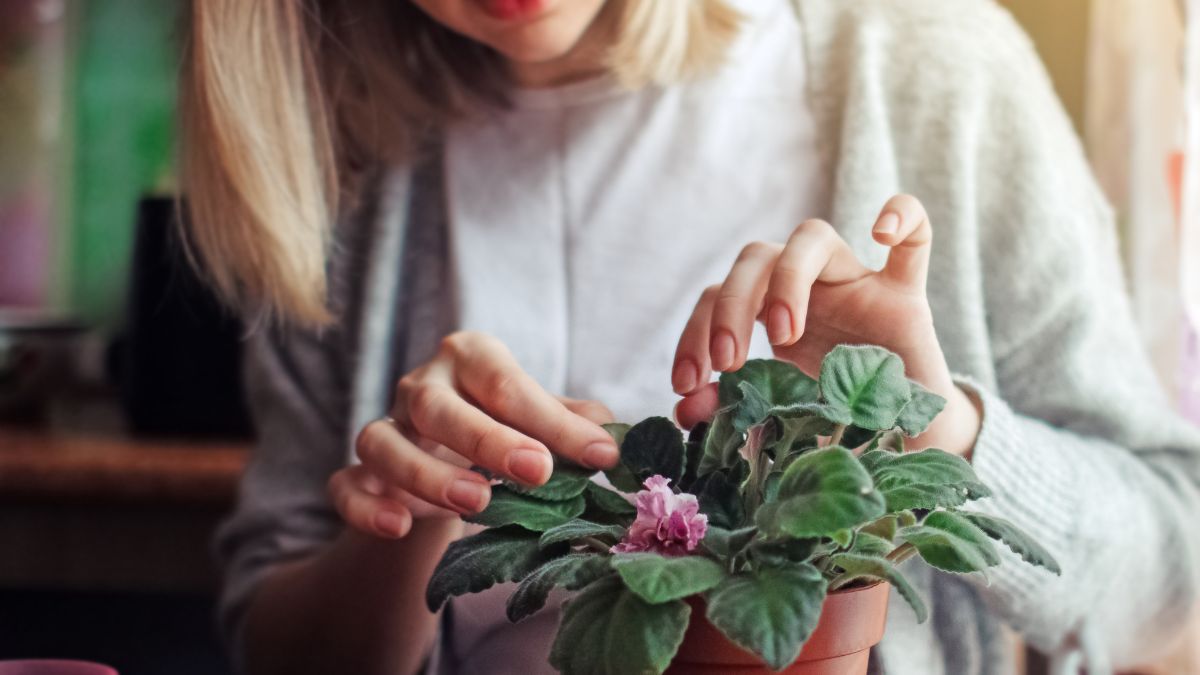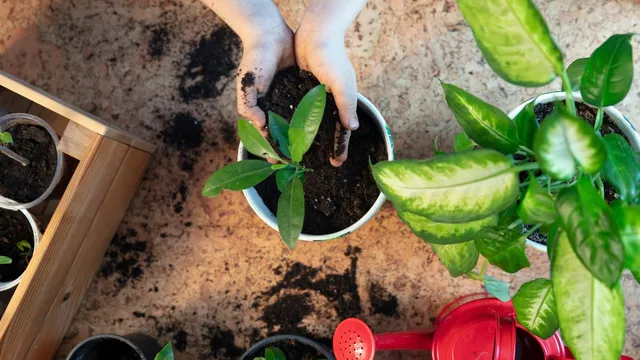- By Bornika Das
- Fri, 11 Jul 2025 12:43 PM (IST)
- Source:JND
Monsoon Plant Care: Most people love keeping plants in their homes. But little do they know that plant care changes slightly depending on the seasons. Monsoon brings much-needed relief from summer heat, besides the rain rejuvenating nature. However, this season can also pose serious challenges for garden enthusiasts. While sunlight is a mandate, water level controlling is also equally important and so is keeping up with the unwanted micro-organisms and growth. Monsoon brings excessive moisture, waterlogging, fungal infections, as well as reduced sunlight, which can create a hostile environment for many plants. If not properly managed, the thriving garden can quickly turn into a breeding ground for pests and diseases. Thus, monsoon plant protection is important to keep them healthy and growing.
With timely care and smart gardening practices, garden enthusiasts can take care of the plants in the rainy season. It is important to note that protecting the plants in he monsoon requires a strategic approach. Whether you’re a beginner or a gardening expert, understanding how to shield them from the effects of heavy rains is essential. Here are some basic steps to protect plants for healthy growth in the monsoon season.
Guide To Protect Plants In The Rainy Season
Good Drainage
The rainy season means excessive water retention and waterlogging. Thus, it is important to ensure that the plants have a good drainage system. If you spot water retention, empty the pots or plant holders immediately, as excessive water can lead to rotting of roots. To ensure proper drainage, you can use pots with holes which automatically let excess water flow, elevate the pots so that once they fill up, the excess water can overflow on its own and also layer a bed of rocks and pebbles on the bottom of the pot so that water flow is improved.
ALSO READ: Lily Plants In Bedroom? Do You Know About These Benefits Of Keeping Them In Your Cozy Space
Make Them Look Good
Pruning and trimming help the plants look neat and clean. They can also help in doing away with unwanted weeds and fungi. Trimming helps in reducing the growth of fungi, which can cause infections if not managed. Pruning overgrown branches helps to improve airflow and paves the way for incoming sunlight.
Keep The Pests Away
Pests and fungi are common during the monsoon and both of them can cause harm to the plants. Due to a rise in humidity, organisms like snails, slugs and fungi become very common. To prevent these, spray natural fungicides once a week or if the infestation is severe, twice a week. Also, be sure to inspect the leaves of your plants and both sides for any mold formations.

Plant Care In Monsoon Season (Image Credits: Canva)
Sunlight Is Mandatory
Monsoon days are gloomy and offer reduced sunlight. However, even during monsoon, streaks of sunlight are also witnessed. When it does, make sure it reaches the plants.
ALSO READ: Indoor Plants For Living Room: Give Your Home A Natural Look That Soothes Your Mood
Keep Fertilisers Handy
During monsoon, the plants need additional support for their proper growth and thus fertilisers are added to the soil. However, too much fertiliser can severely affect the plants, doing more harm than good. Make use of the organic fertilisers, which also help in waste management from the kitchens. Note not to apply any fertilisers when the area is experiencing a heavy spell.

